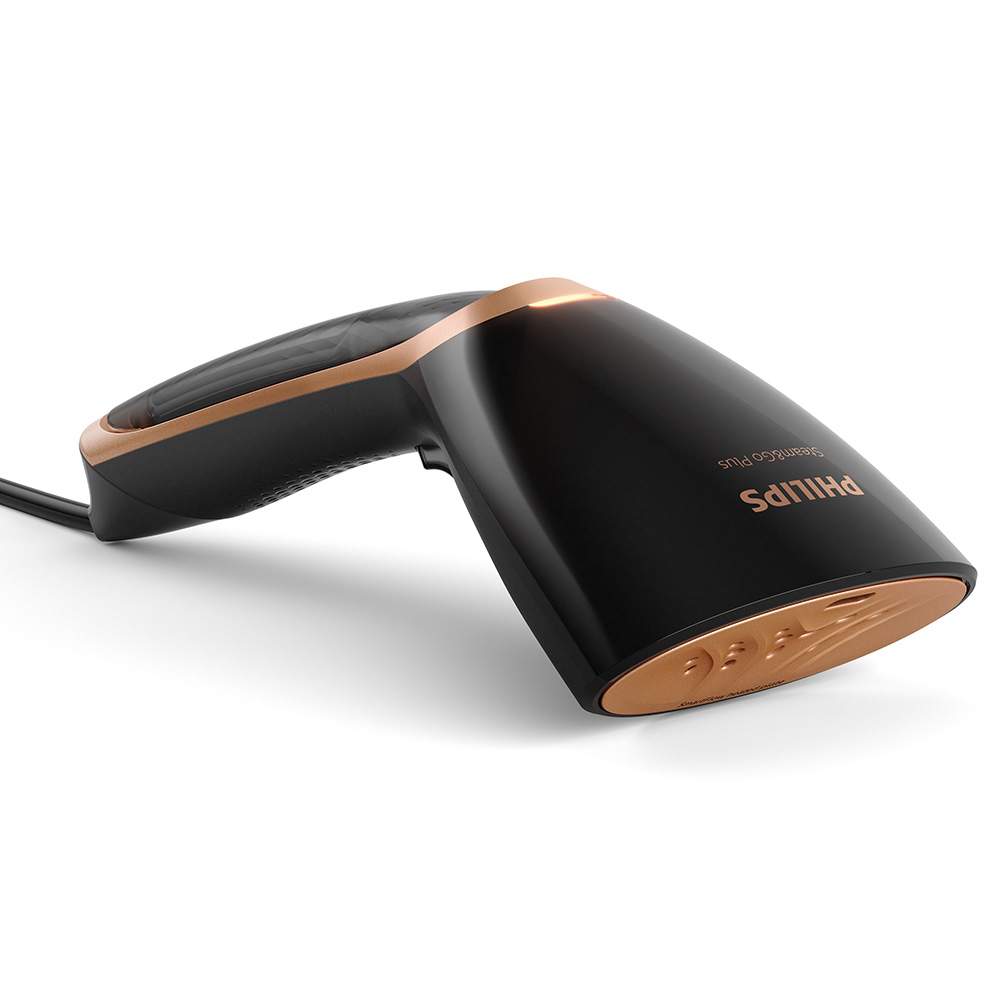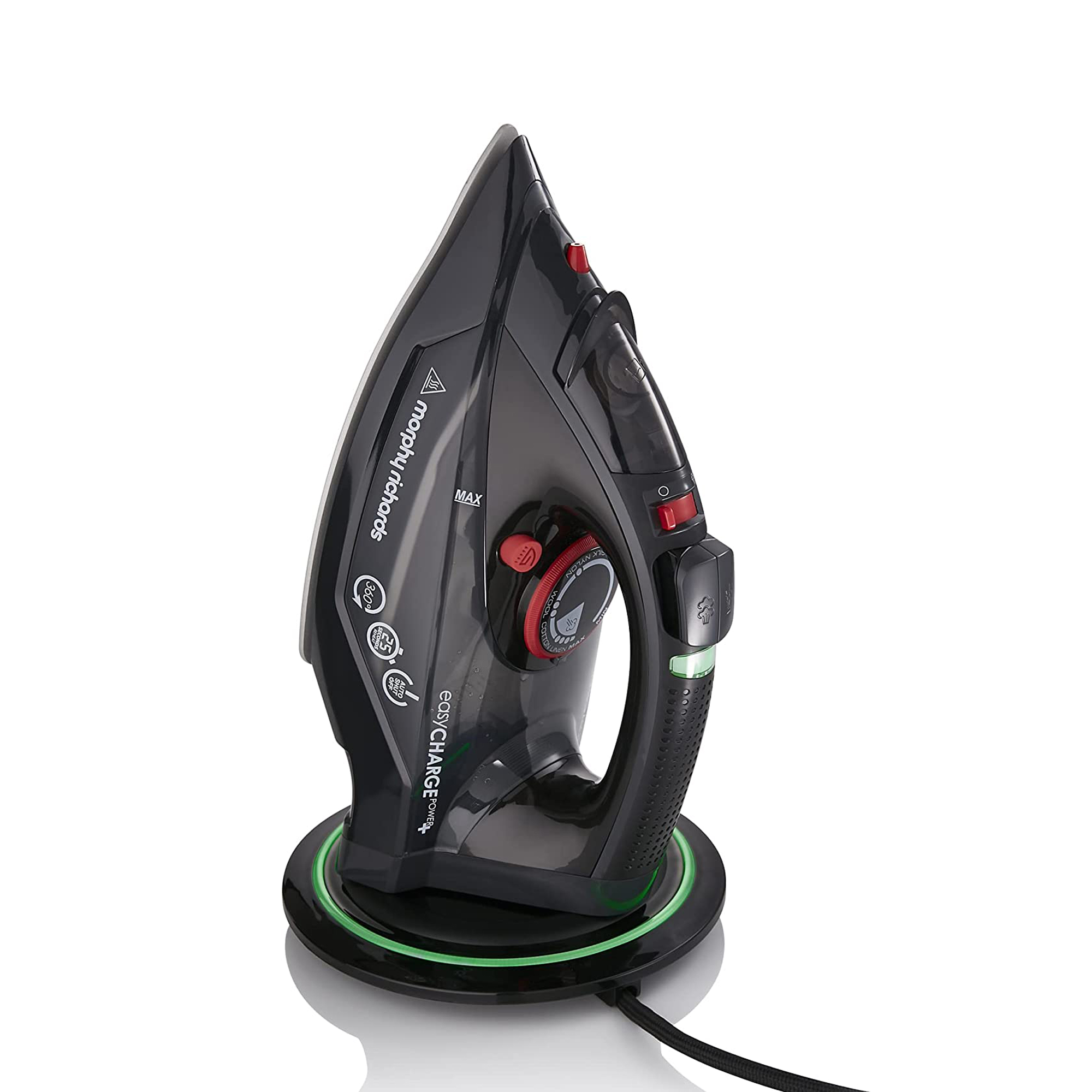Steaming vs ironing - which is better for your clothes and works harder to tackle the wrinkles?
All the pros and cons you need to know about in the divisive steaming vs ironing debate to help you make the best choice

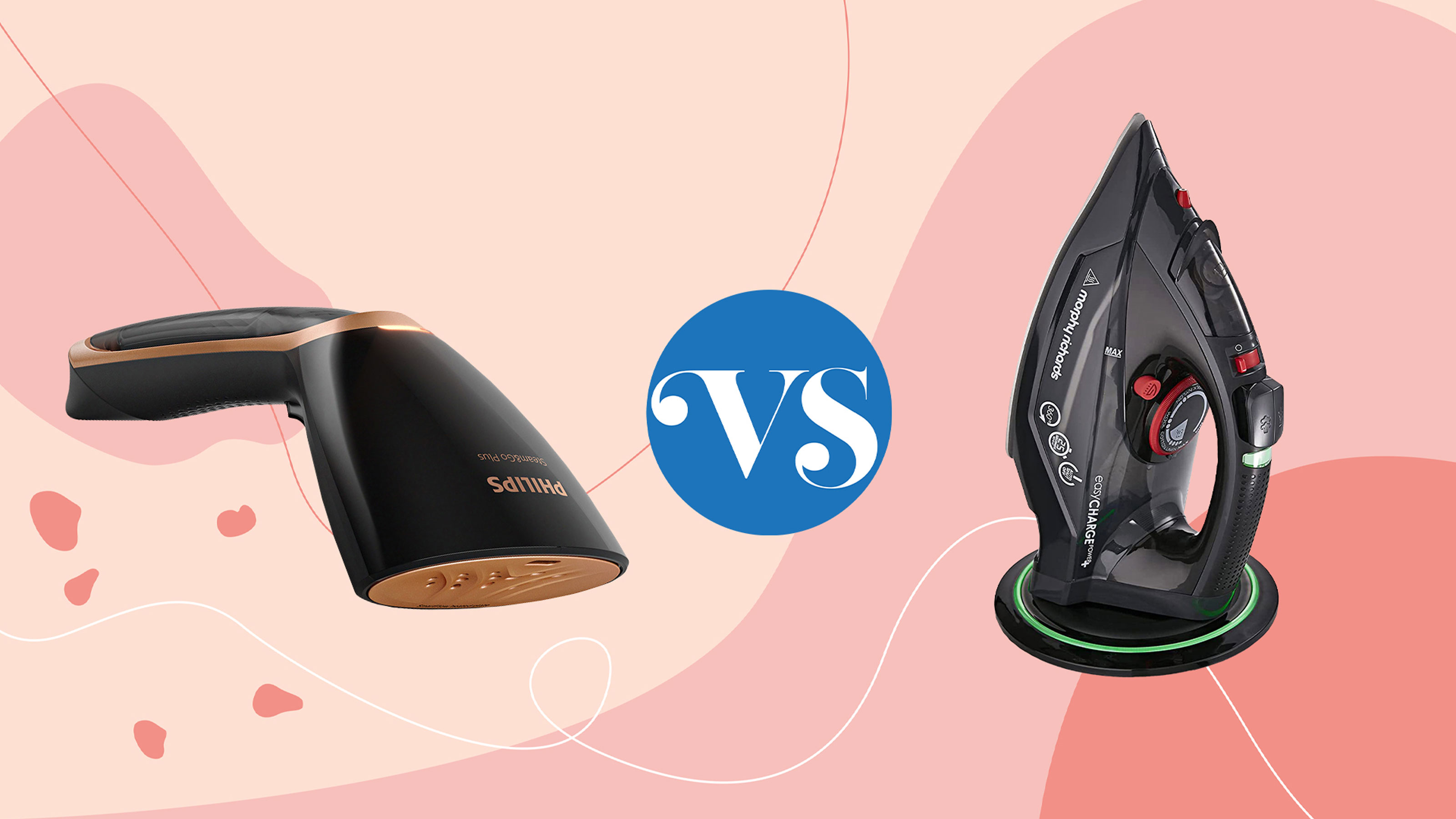
Washing our clothes is part and parcel of everyday life, but we all want to make the task as fast and easy as possible. That's why it's handy to know the winner of the steaming vs ironing debate to make short work of crumbled sheets, creased shirts and wrinkled jeans.
The best clothes steamers and the best steam irons are two of the most popular appliances among the Ideal Home team. We’ve tested countless de-wrinklers over the years, and both have the ability to leave your clothes fresh and smooth. However, choosing between them can seem impossible when they both offer very different perks and some very considerable downsides.
To help you decide whether steaming or ironing your clothes is the right option for you, we’ve compared everything from their ease of use to their affordability and their impact on your clothes to see whether steaming or ironing is better for your wardrobe.
Steaming vs ironing
The steaming vs ironing debate is a tough one, as both processes are very different but still offer the same results. So, which one do you choose? With the help of experts, we’ve compared the two against each other and laid out the pros and cons of both to help you decide whether steaming or ironing is better for you and your clothes.
Which is better for your clothes?
To determine whether steaming or ironing your clothes will better protect the integrity of the fabric, we need to know a little more about the difference between the two processes.
Of course, ironing requires the use of an iron pressed directly onto the fabric to smooth out the wrinkles and the creases in the clothes. On the other hand, steaming is done a few inches away from the fabric, and the appliance never touches the item of clothing itself.
Because of this, steaming is considered to be better for your clothes. Ava Wilson, Chief Editor at Unclutterer, says, ‘Steamers are generally safer for a wide range of fabrics. They are particularly recommended for delicate materials like silk, wool, and cashmere, as they don’t apply direct heat or pressure.’
Sign up to our newsletter for style inspiration, real homes, project and garden advice and shopping know-how

But that doesn’t mean that steaming should always be the right option for you. She adds, ‘Steamers might struggle with deeply wrinkled or heavy fabrics like denim or thicker cotton. Irons work better on heavier fabrics that need more heat and pressure to remove wrinkles, like cotton and linen shirts.’
So, to choose between steaming and ironing, you first need to take a closer look at your wardrobe and see what fabrics you’re working with. In some cases, you may need to have both on hand to protect your clothes if you have a wide variety of fabrics.
You should also consider what you want the appliance to do. If you simply want to get the wrinkles out of your clothes, a steamer will do the trick. But if you have smart work trousers or shirts that require specific pleating or creases, an iron will be your best friend.

Ava Wilson, Unclutterer’s Chief Editor with 25 years in cleaning, started with a mop and now leads a team of 20. Merging hands-on experience with management expertise, she transforms cleaning into inspiring lessons. Ava's eco-focused insights make Unclutterer a go-to for sustainable cleaning wisdom.
Which takes longer?
Washing and de-wrinkling your clothes is a task that most people hate, which is why they want to spend as little time as possible on this household chore. But in the steaming vs ironing debate, which process takes longer?
Well, it’s hard to give an exact figure as to how long both take, as this will all depend on your pile of freshly washed clothing and your own personal skill level. But most experts (and those who have tried both) will agree that steaming takes less time than ironing.
‘Steamers are typically faster and easier to use than irons while ironing requires more time and effort, including setting up an ironing board and manoeuvring larger items,’ explains Ava.
Irons also lose even more of their efficiency and speed when they get clogged up, which is why it’s always so important to know how to clean an iron - and how to clean a burnt iron.

However, you should also consider that many steamers and irons only have a limited steam time, which requires you to intervene before you can continue. Because of this, you should opt for an appliance with a quick recharge time or a large water tank if you want to get through your load of laundry as quickly as possible.
When testing the Tefal Freemove Air Cordless FV6520 iron, our E-Commerce Editor Molly Cleary found, ‘After around 30 seconds of ironing, the base beeps to remind you to recharge. Then it takes 11 seconds to recharge – just enough time for you to adjust the garment to a new position.’
This usage time differs from steamers like the Fridja F10 Steamer that our reviewer, Caramel Quin, tested. She said, ‘The 25g/min steam is powerful, and the trigger features a sliding switch, so you can keep it on constantly if you want to. You can steam constantly for 8 minutes at a time.’
Which is easier?
If you want to cut down the time of your steaming or ironing adventures, ease of use is very important. You need to choose an appliance that will make de-wrinkling your clothes a breeze, which can be hard to compare when you use steamers and irons so differently.
Irons are perfect for those who favour precision. Hannah Hamer, Assistant Marketing Manager at Russell Hobbs, explains, ‘Due to the soleplate, you can gain better heat distribution that is a little bit easier to manoeuvre in comparison to a steamer – our Power Steam Ultra Iron is one of our best-selling irons and features a super smooth ceramic soleplate that glides through to help you power through the ironing with ease.’
But a major downside of choosing ironing over steaming is that you can’t iron without an ironing board, which is an extra expense and an extra item to store in your home. This may be an issue for those who have a small home with limited storage, as many ironing boards are incredibly large.
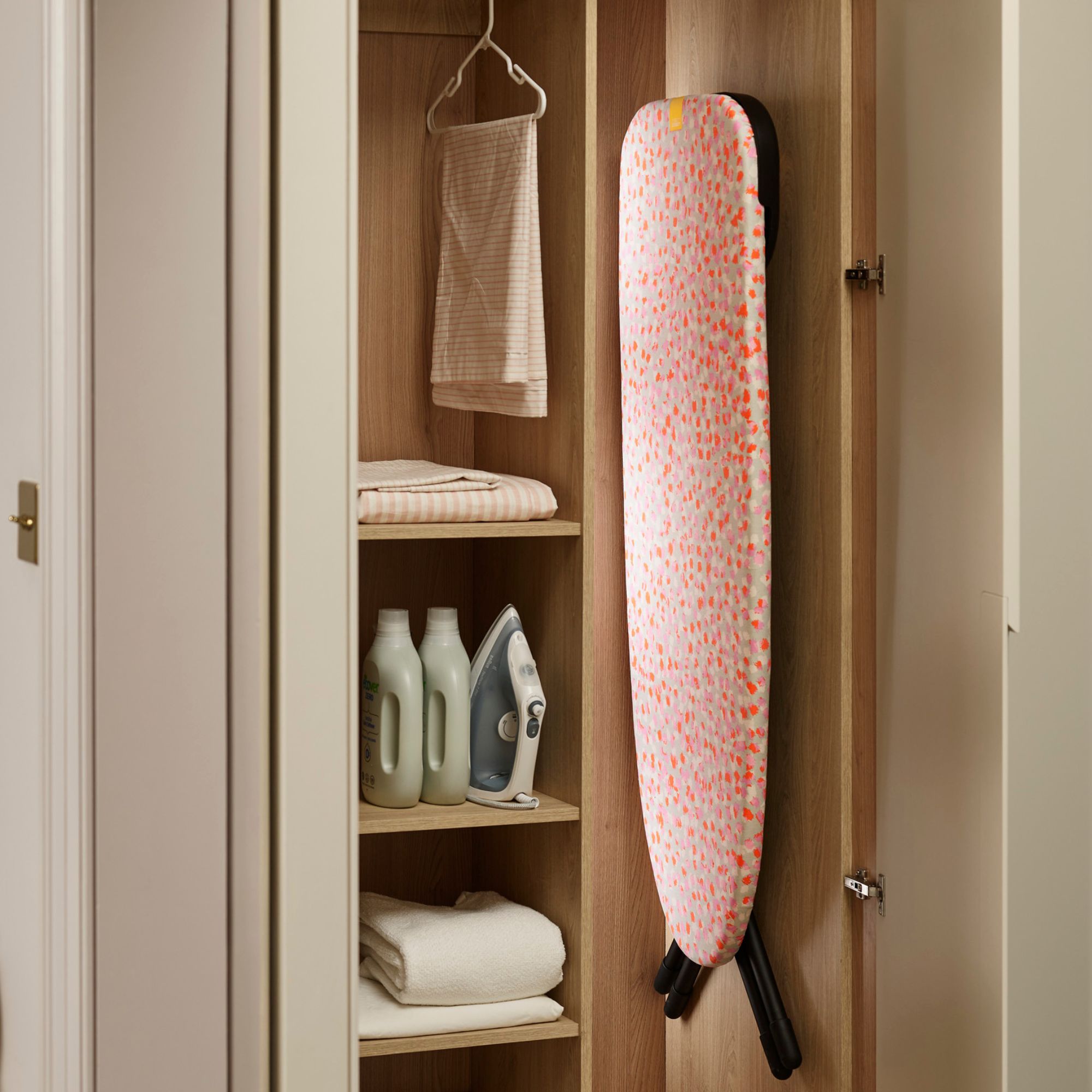
There is a way to bypass this problem, though. The Ideal Home team loves the Joseph Joseph Pocket Ironing Board, available at John Lewis, as it comes with its own hanging hook that can be mounted onto a wall or door. In fact, our tester and Head of Reviews Millie Fender raved, ‘This one is great for ironing smaller items of clothing and perfect if you’re short on both space and time. You can simply fold down the mini legs and then pop it onto a work surface or table and start pressing.’
When you’ve got your ironing board out, using the iron itself is fairly easy, no matter whether you have a corded or cordless iron. Just remember to check the cord length if you’re going to opt for a corded iron.
But what about steaming? Well, if you choose to buy a handheld steamer, the easiest way to use this appliance is to hang your garments on a clothes hanger and pop it on the back of a door. You can then run the steamer over the clothes and have full access to every inch of the fabric. To make matters even easier, the small size of these handheld steamers means that they're also very portable.
If you choose a vertical clothes steamer, however, this process will look a little different. These clothing steamers include a clothes hanger on a telescopic pole, which you can use instead of the back of the door.

Caramel was a huge fan of the Tefal Ixeo Power QT2020 when she tested it. She raved, ‘The steam head is shaped like an iron soleplate, which makes sense because the unusual design gives you the best of both worlds: you can steam garments hung vertically against its board, angle the board at 30° for comfort, or set it horizontally and use the Tefal like an iron.’
However, in terms of ease of use and the finished product, bespoke tailor Alexandra Wood would always opt for an iron over a steamer. She explains, ‘Steaming is a quick, great solution for getting creases out in a rush, but can make a piece of clothing slightly damp, which is not ideal If you want to wear it straight away.
‘Although it takes out creases quickly, you never get the sharp edge ironing can. Ironing is my preference as it creates a sharper, crisper finish whilst soaking up and drying any water that comes through the iron.’
Which is more affordable?
We appreciate that everyone wants to get as much bang for their buck, which is why we’d be remiss if we didn’t share the price difference between these two appliances. After all, there’s a clear winner for those looking to de-wrinkle their clothes on a budget.
The best value clothing steamer in our best clothes steamers guide is the Beldray Handi Steam Max Pro which you can buy for just £29.99 at Amazon.
On the other hand, the best value steam iron is the Breville DiamondXpress, which is £60 at Argos. Of course, if you want to buy an iron and don’t have an ironing board at home, you’ll also need to factor in that extra cost.
Because of this, it’s clear to see that handheld steam irons are more affordable. The same doesn’t apply to vertical steamers, though, as these are generally an investment product.
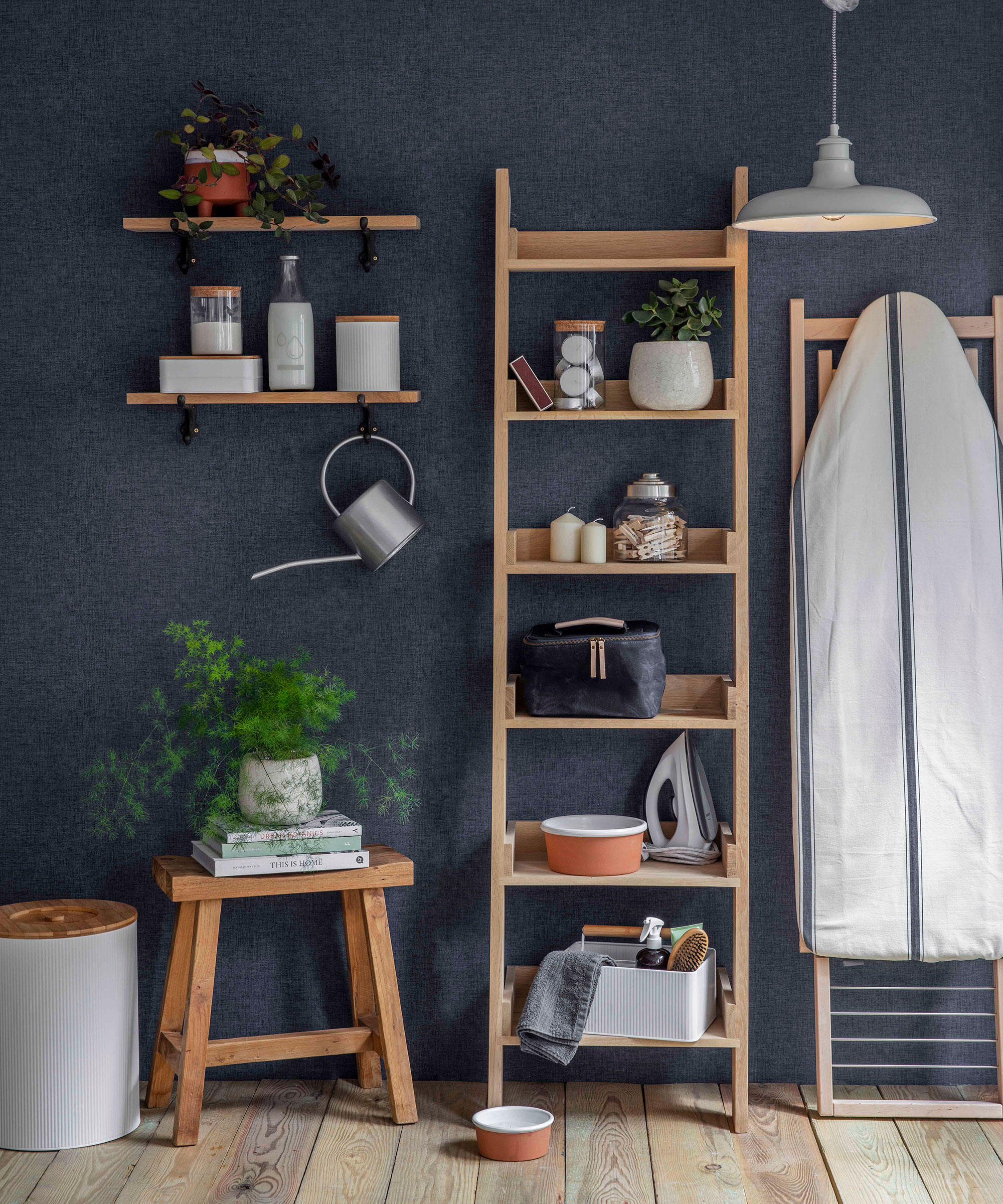
Final verdict: Which one should you buy?
In the battle of steaming vs ironing, it’s hard to choose a clear winner as they both have their pros and cons. Steamers are quick, efficient, and better for your clothes while ironing is more precise and perfect for deep wrinkles and creases.
Atit Chopra, Senior Buyer at Beldray, weighs up the options. ‘Steaming and ironing both have their own advantages and are suitable for different situations. We would recommend steamers for those who are in a time crunch, as they are quick to use and don’t require an ironing board. Steamers are also ideal for taking away on trips and holidays, as they are more portable and compact than an iron.’
‘We would recommend irons for those seeking crisp, sharp finishes. Irons are perfect for precision work, including collars, cuffs, and pleats. Irons are also a must-have for tackling large laundry piles, where garment steamers are perfect for refreshing garments and removing light creases.’
With all of the information in front of us, the Ideal Home team agrees that if we had to choose an overall winner, we’d choose a combination of both! Having both a steamer and an iron at your disposal will allow you to de-wrinkle your clothes in a safe and consistent manner and cover all bases for you and your clothes.
FAQs
Is it better to steam or iron your clothes?
It’s generally considered that it’s better to steam your clothes if they are made of delicate fabrics, such as silk or cashmere. However, clothes steamers may struggle to de-crease or de-wrinkle thicker and tougher fabrics such as cotton and linen.
All in all, steaming is less invasive on the fabric fibres as you’re not applying the pressure or the direct heat of an iron’s soleplate.
Does steaming take longer than ironing?
When you get to grips with how to steam clothes, it’ll be considerably quicker than setting up an ironing board, waiting for the iron to heat up, and then ironing every corner and crevice of your clothing.
And while clothes steamers heat up quicker than irons, it may take you a while to get to grips with using a clothes steamer for the first time.
So, there you have it. While steaming seems to be the winner, you might not want to ditch ironing for good.

Lauren Bradbury has been the Content Editor for the House Manual section since January 2025 but worked with the team as a freelancer for a year and a half before that. She graduated with a Bachelor’s degree in English and Creative Writing from the University of Chichester in 2016. Then, she dipped her toe into the world of content writing, primarily focusing on home content. After years of agency work, she decided to take the plunge and become a full-time freelancer for online publications, including Real Homes and Ideal Home, before taking on this permanent role. Now, she spends her days searching for the best decluttering and cleaning hacks and creating handy how-to guides for homeowners and renters alike, as well as testing vacuums as part of her role as the Ideal Home Certified Expert in Training on Vacuums, having spent over 110 hours testing different vacuum models to date!
